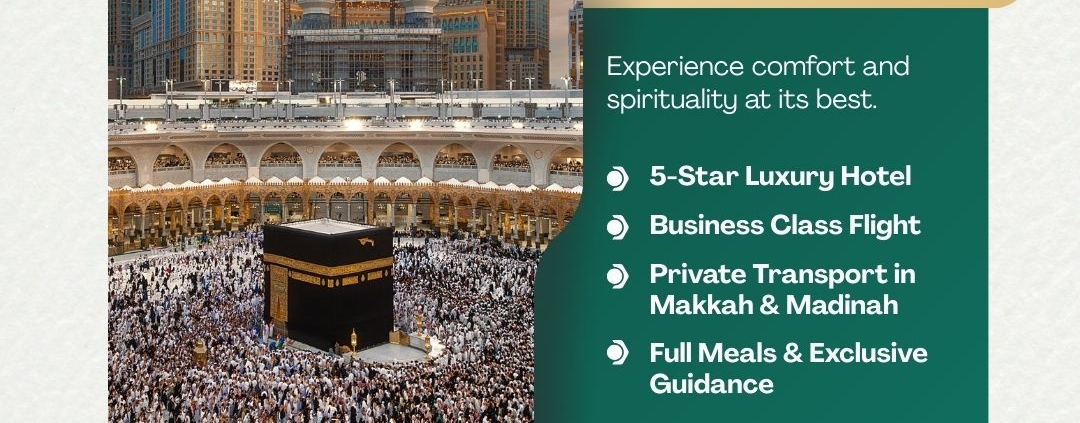What is the Ziyarat in Makkah and Madinah?
Performing Umrah is one of the most cherished acts of worship for Muslims. While the rituals of Umrah itself hold immense spiritual value, many pilgrims also take the opportunity to perform Ziyarat—visiting holy and historical sites in Makkah and Madinah. These visits connect worshippers to the history of Islam, the life of Prophet Muhammad (peace be upon him), and the struggles of early Muslims.
In this blog, we will explore the meaning of Ziyarat, why it is important, and highlight the Umrah Ziyarat places to visit in Mecca and Madinah.
What Does Ziyarat Mean?
The word Ziyarat literally means “visit.” In the Islamic tradition, it refers to visiting sacred sites associated with the Prophet (pbuh), his companions, and key moments in Islamic history. While not a compulsory part of Umrah, Ziyarat enriches the pilgrimage experience, strengthening one’s faith and understanding of Islam’s roots.
Umrah Ziyarat Places to Visit in Mecca
Makkah is the birthplace of Islam and home to the Kaaba, the heart of Muslim worship. Some of the key Ziyarat sites include:
- Jabal al-Nour (Mountain of Light):
This is where the Prophet Muhammad (pbuh) received the first revelation in the Cave of Hira. Visiting this place reminds pilgrims of the importance of revelation and the beginning of the prophetic mission. - Jabal Thawr (Cave of Thawr):
Known for the event where the Prophet (pbuh) and Abu Bakr (RA) sought refuge during their migration to Madinah. - Jannat al-Mu’alla (Cemetery of Mecca):
Resting place of many relatives of the Prophet (pbuh), including his beloved wife Khadijah (RA). - Birthplace of the Prophet Muhammad (pbuh):
Although not always accessible, it is a deeply significant site for reflection.
Umrah Ziyarat Places to Visit in Madinah
Madinah, the city of the Prophet (pbuh), offers a serene environment filled with Islamic history:
- Masjid an-Nabawi (The Prophet’s Mosque):
Second holiest mosque in Islam, it houses the Rawdah—often called a garden from Paradise—and the resting place of the Prophet Muhammad (pbuh). - Jannat al-Baqi (The Baqi Cemetery):
Burial place of many companions and family members of the Prophet (pbuh). - Quba Mosque:
The first mosque built in Islam, highly recommended for prayer. - Uhud Mountain and the Battlefield of Uhud:
A reminder of sacrifice and resilience, where many companions, including Hamza ibn Abdul Muttalib (RA), were martyred.
Why Perform Ziyarat?
Ziyarat deepens the spiritual connection to Islam’s heritage. It allows pilgrims to reflect on the struggles, sacrifices, and devotion of the Prophet (pbuh) and his companions. These visits are not mere sightseeing; they are acts of remembrance, faith, and renewal of commitment to Islam.
A Call for Umrah
If you are considering this blessed journey, let these sacred sites inspire you. Performing Umrah along with Ziyarat brings a sense of completion and closeness to Allah and His Messenger (pbuh). Start planning today and answer the call for Umrah—a journey that nourishes both soul and spirit.










Leave a Reply
Want to join the discussion?Feel free to contribute!